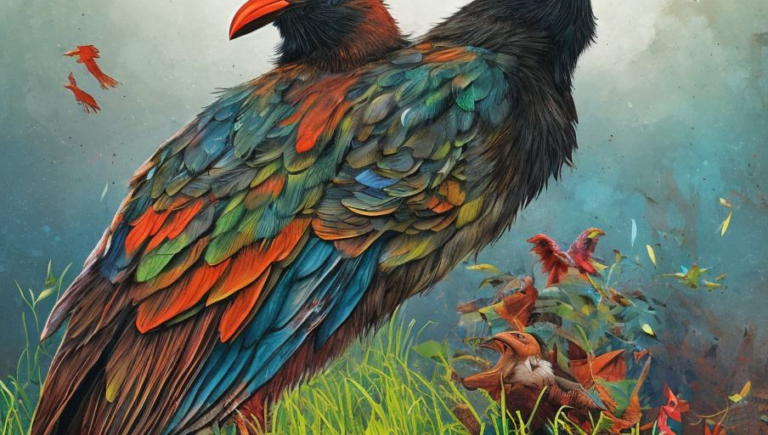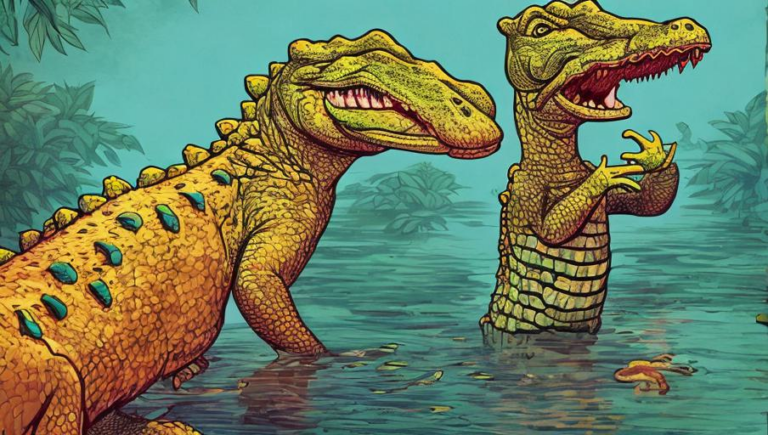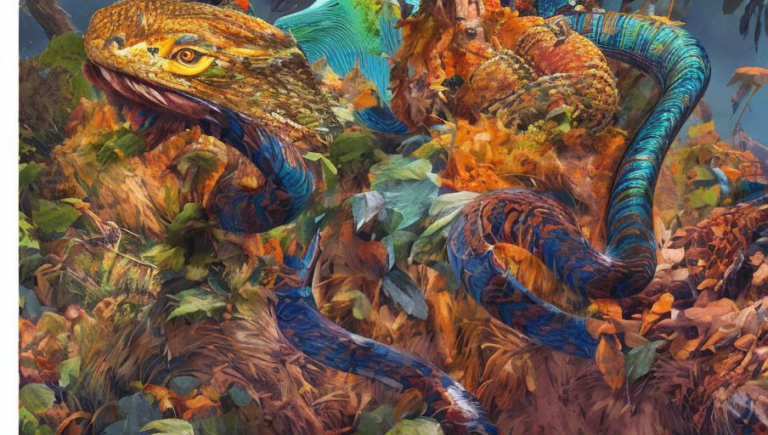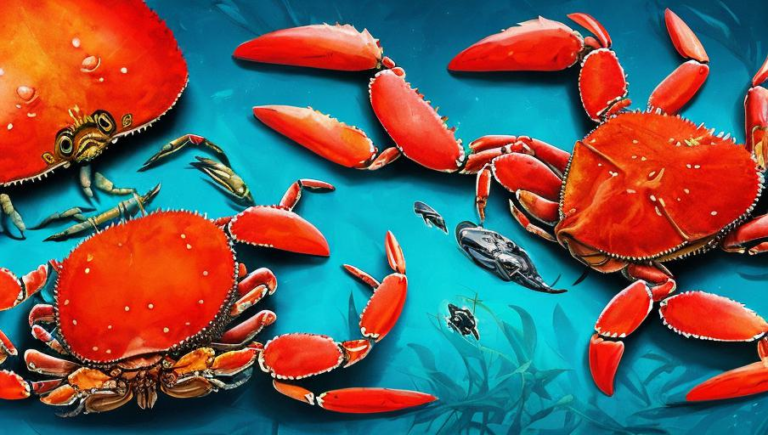Pursuing Alligator Conservation
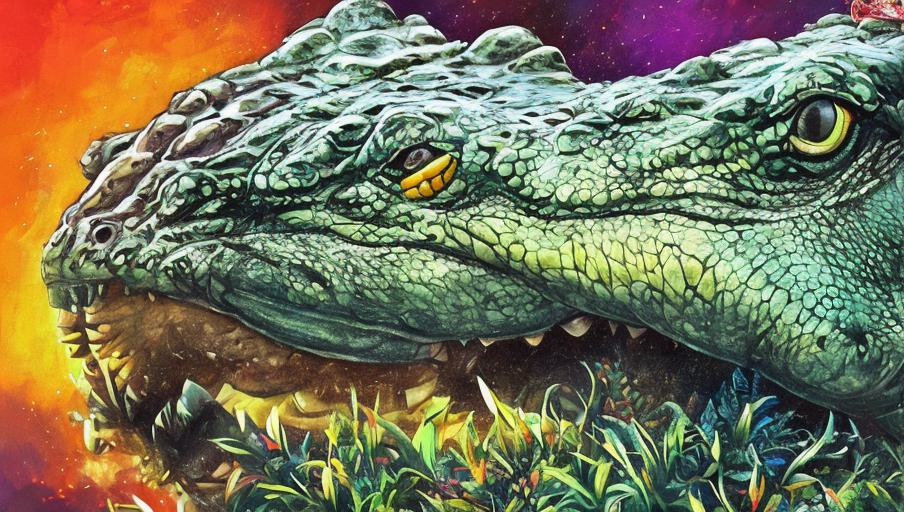
Introduction
Alligators are one of the most recognizable and iconic animals in the United States. These ancient reptiles have been around for millions of years, and are an important part of the ecosystem. Unfortunately, alligators have been hunted for their hide, meat, and eggs, leading to a decrease in their population in some areas. However, there are now efforts to protect alligators and their habitats, as well as to increase their population. Conservation efforts are helping to ensure that this majestic species will continue to thrive for generations to come.
Habitats and Threats
Alligators live in a variety of wetland habitats, including swamps, marshes, and slow-moving rivers. They are typically found in the southeastern United States, from North Carolina to Florida, and can also be found in parts of Texas and South Carolina. These reptiles are semi-aquatic, and spend much of their time in the water. Alligators are mostly solitary animals, but can be found in small groups during the mating season.
Alligators face a number of threats to their habitats, including pollution, habitat destruction, and hunting. Alligators are also facing competition from larger predators, such as coyotes, who are taking their food sources. Additionally, alligators are sometimes killed by people who fear them, even though they are generally shy and reclusive creatures.
Protection and Conservation
In order to protect alligators, a number of laws and regulations have been put in place. In some areas, alligator hunting is completely banned, and in other areas, hunting is only allowed during certain times of the year and with special permits. Additionally, alligator habitats are being protected and restored, leading to an increase in the population of these animals. Alligators are also being reintroduced to areas where they had been wiped out, such as Florida’s Everglades.
In addition to legal protection, there are also a number of organizations dedicated to alligator conservation. These organizations work to educate the public about alligators, as well as to research and protect these animals. These organizations also work to restore alligator habitats, and to reintroduce alligators into areas where they have been wiped out. Furthermore, these organizations advocate for stricter laws and regulations to protect alligators, and their habitats.
Conclusion
Alligators are an important part of the ecosystem, and their conservation is essential for the health of the environment. Conservation efforts are helping to ensure that these majestic creatures will continue to thrive for generations to come. With continued protection and restoration of alligator habitats, as well as education about these animals, alligators will be able to continue to thrive and remain an iconic part of the United States for many years to come.
